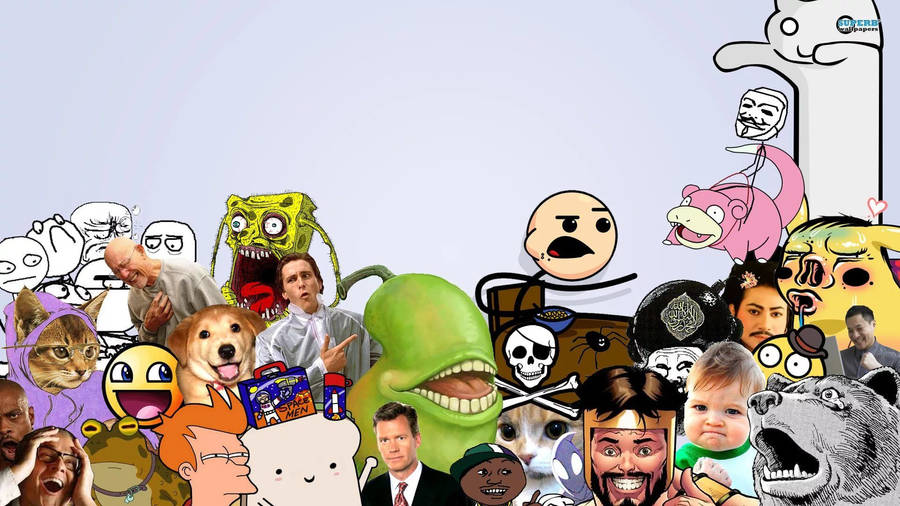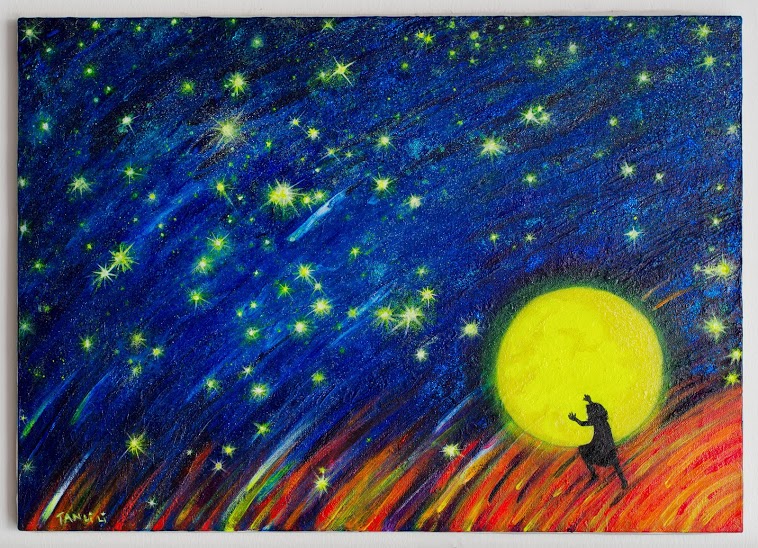I love these Marsh Marigolds by photographer, Mark Golbach,
found on his gorgeous blog on gardening. The link is HERE.
The diurnal lemon-yellow fluorescence of these spring flowers, riotous clusters nestled into a mass of glossy emerald-green leaves, proliferates in swampy and wet woodland areas and is another of my favorite things.
Their scientific name is Caltha palustris. (caltha is Greek for drinking cup or goblet, which describes their bowl-shape. Palus is Latin for marsh, which is where they grow in radiant abundance.) How serendipitous that their name derives from both cultures that we're presently studying!
One of my cherished memories is gathering ample bouquets of Marsh Marigolds on walks with my young daughter. They graced our kitchen table each spring. Such a simple pleasure. Shakespeare wrote of them in The Winter's Tale, opening, dew-filled, at sunrise and closing at sunset. . .

Here's flowers for you,
Hot lavender, mints, savory, marjoram,
The marigold, that goes to bed wi' th' sun.
And with him rises weeping.
Hot lavender, mints, savory, marjoram,
The marigold, that goes to bed wi' th' sun.
And with him rises weeping.
ASSIGNMENTS FOR
6th-10th
________________________
________________________
 Monday: BrainPOP's ENDOCRINE SYSTEM video Vocabulary & Quiz
Monday: BrainPOP's ENDOCRINE SYSTEM video Vocabulary & QuizTuesday: The Human Endocrine System's Glands--"open-book" worksheet
Wednesday & Thursday: Review together
- "Endocrine Glands and Hormones They Produce" Interactive can be found HERE
- HERE is another Endocrine System Interactive
Of What We're Capable. . .
A Good Review--Just Hearing It All Again!
Did you hear that? We have 100 trillion "little individual parts of our bodies" working together? Well, immediately I want to know what a hundred trillion looks like. . .so I found THIS site. You'll just have to add 99 more trillion (which will be 198 more layers) to the pile--Holey moley!
Also, try to wrap your brain around this; just how big a number is 100 trillion?
To get an idea:
A million seconds = 12 days.
A billion seconds = 31 years.
A trillion seconds = 31,688 years
100 trillion seconds = 3,168,800 years!
Friday: BHT on the Endocrine System
AND NOW PRESENTING (TA-DA!!!)OUR AMAZINGLY,
WONDERFULLY, STUPENDOUSLY CREATIVE (Did I mention marvelous?)
ENDOCRINE SONG!! (WOO-HOO!)
Sung to the tune of Yankee Doodle
Sung to the tune of Yankee Doodle
(You have to sing it to really appreciate it!
THE GONADS (TL & EL)
The gonads are the reproductive
INTRODUCTION
The function of the endocrine
Is sharing information
Eight glands make and release hormones
Which enter our circulation.
These chemicals affect or react
With our body causing
Changes that will prepare us
For just about anything
THE HYPOTHALAMUS (CB and JD)
The hypothalamus in the brain
Controls the whole endocrine
Affecting seven other glands
Controls the whole endocrine
Affecting seven other glands
It takes in information
To regulate the level of
Hormones that are inside us
Messages sent to the brain
Go through the hypothalamus
THE PITUITARY GLAND (CP & JP)
The pituitary gland is just
Below the hypothalamus
The size of just a tiny pea
It controls much inside us
Our blood pressure and nerve impulses
Growth and maturation
Sexual development
Essential to everyone.
THE PINEAL GLAND
The pineal gland is very small
And shaped just like a pine cone
One-third inch long, mysterious,
Much of its function’s unknown
This pea-sized pineal gland’s in our
Brain’s geometric center
Releasing melatonin, which
Allows us to sleep better.
THE THYROID GLAND (AW & MT)
&
THE PARATHYROIDS (HM)
The thyroid gland is on our trachea
And helps produce protein
It controls metabolism
Also growth in children
On the back of our thyroid
Four parathyroid glands lie
Controlling calcium levels on
Which nerves and muscles rely
THE THYMUS GLAND (JM & TT)
&
THE ADRENAL GLANDS (JR & TS)
The thymus is below the thyroid
And behind the breastbone
Development of insulin
Is its job until we’re grown
Located on top of our kidneys
Are our two adrenal glands
Adrenaline is produced there
To give “fight or flight” commands
THE PANCREAS
The pancreas is located
Deep inside our abdomen
Digestive juices it creates
And the hormone insulin
Enzymes found in pancreatic
Juice allow our body
To break down carbohydrates,
Proteins, fats to stay healthy
THE GONADS (TL & EL)
The gonads are the reproductive
Glands --they secrete hormones
Testes are the male gonads
Which produce testosterone
The female reproductive system’s
Most important organ--
The ovaries -- produce sex hormones
That secrete estrogen.
NEGATIVE FEEDBACK MECHANISM
There is a mechanism that
Controls our hormone levels
Working like a thermostat
To balance high or low swells
How this system regulates is
Through negative-feedback
Releasing hormones to adjust
To normal what gets off track.
CONCLUSION
This is a really long song
About the endocrine system
Which regulates such functions as
Growth and metabolism
Simply put this system’s small but
highly crucial organs
Produce, store, and secrete more than
Twenty important hormones!
Ancient Greece
MAIN SITES TO EXPLORE:
- The British Museum's ANCIENT GREECE -- So Cool!
ALSO:
- ANCIENT GREECE FOR KIDS
- ANCIENT GREECE
- FAMOUS PEOPLE, GOVERNMENT, OLYMPUS, ETC.
- ANCIENT GREECE Q & A (Click HERE for questions to explore with a partner.)
- GREEK GODS-INFO. So-o much to explore!
- MR. DONN'S GREEK GODS
- THE TWELVE LABORS OF HERCULES
- GREEK MYTHOLOGY: EVERYTHING YOU WANT TO KNOW
- BRITISH MUSEUM-STORIES OF THE GODS
- GREEK MYTHOLOGY PRACTICE slide presentation
- GREEK MYTHOLOGY OVERVIEW slide presentation
USE THE INFORMATION FROM ABOVE TO COMPLETE!
Greek and Roman Architecture
- Draw three kinds of Greek columns and write a brief description of each. Indicate which columns the Romans continued to use.
Thursday:
"Constellations have been an important part of human society and folklore since we humans lived in caves, and, probably, even before then. The fascinating figures that we see in the night sky are so large and so beautiful that we have felt a very strong urge to attach importance to them. People have done this throughout the ages by creating very interesting stories and legends in an attempt to explain where these large "pictures" in the sky came from. These stories, also known as mythology, behind the constellations can be as interesting as studying the constellations themselves." ~Astronomy for Kids
ACTIVITY: Choose a constellation to transfer onto ½ sheet of black paper:
- Place sheet with constellation over black paper.
- Use a thumbtack to poke holes where stars are located.
- Use a silver sharpie to mark where the holes are located.
- Use silver sharpie and a ruler to connect the dots (as seen in the constellation picture).
- Use silver glitter to mark the location of the principle starss
- Write a brief description of the constellation myth.
~
Friday: Correct and turn in.
Friday: Correct and turn in.
Monday: Transform Units -- Pages 235-236 & 6.4
Tuesday: Problem Solving--Distance, Rate, & Time Formulas -- 239-240 & 6.5
BrainPop lesson
Tuesday: Problem Solving--Distance, Rate, & Time Formulas -- 239-240 & 6.5
BrainPop lesson
Wednesday: Chapter 6 Review/Test
Thursday: Correct and Repair -- Discussion for tomorrow's test
Friday: Chapter 6 Test
Problems, problems, problems. . .
Do not fear words; you say them all the time!
Here's a great video for demystifying
the dreaded word problem!
the dreaded word problem!
SPEAKING OF WORDS. . .
CHAPTER 16
TEST ON FRIDAY
When to Plant Marsh Marigolds Marsh Marigolds illustration Gardening clipart The Endocrine System
Endocrine doctor Greek Scene "Ancient Greece" Greek man in boat gif Myths and Legends Calvin & Hobbes Distance/Rate/Time formula
Girl Under the Stars Being Read To Endocrine system poster
Thanks to Mr. Dowling.com for great reading assignments this week!
Endocrine doctor Greek Scene "Ancient Greece" Greek man in boat gif Myths and Legends Calvin & Hobbes Distance/Rate/Time formula
Girl Under the Stars Being Read To Endocrine system poster
Thanks to Mr. Dowling.com for great reading assignments this week!

















